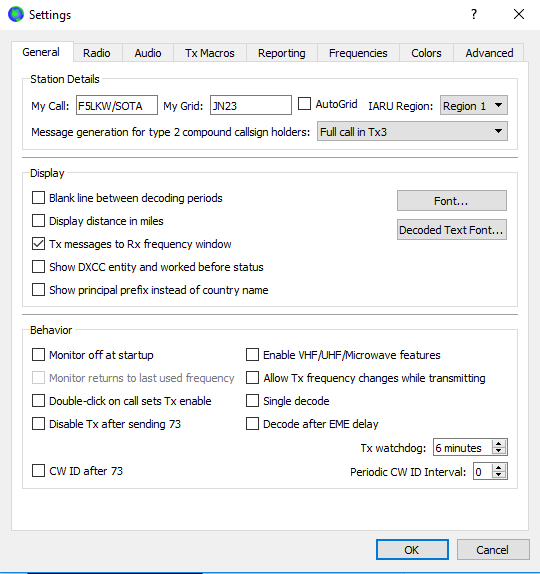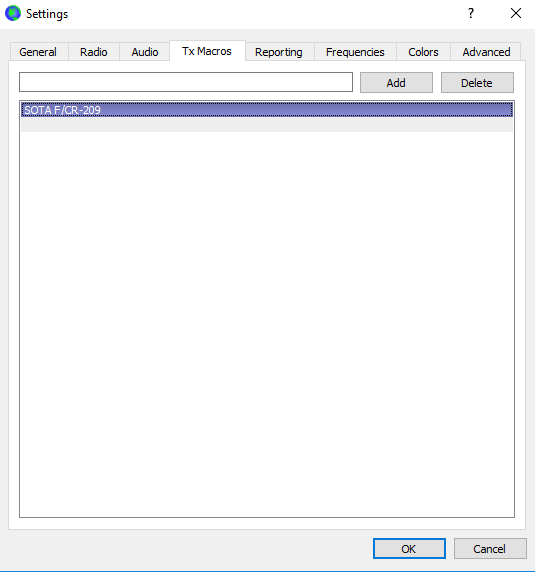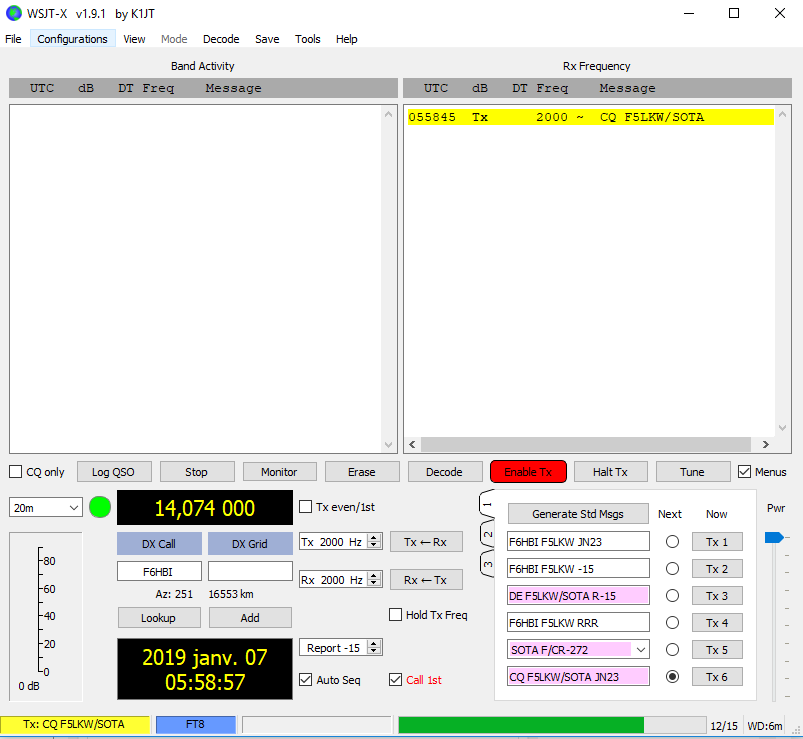Sunday 6th January 2019 - Gun G/SP-013 & The Cloud G/SP-015
Really good activations this morning, and I might just have got the hang of this FT8 business. Even so, in my entirely personal opinion, it’s harder/more fiddly to operate than CW or phone modes, and this is indicated by the significantly slower QSO rates. Good fun nonetheless!
I’m putting the report in this topic because I took photos of my FT8 set up. That activation probably went well, as much as anything, because preparation was solid. I’d been chancing a few outings on a damaged 20m GP antenna, cobbling together the increasingly frequently required fixes in the field. Saturday night, I sacrificed Match of the Day to repair it properly. I’d checked the charging on my tablet a couple of times since the failure earlier in the week, and all seemed well.
I got up at 5am and was QRV on Gun summit just before 7am. It was a bit nippy and I spent most of the activation inside my bothy bag. The tablet had full charge and the antenna was working perfectly - hurray! (I knew the antenna was in good shape when ZL1BYZ came back to my first CW CQ call…!)
I made a total of 53 QSOs:
20m FT8: 34
20m JT65: 1
20m CW: 13
2m FM: 5
S2S with MW0XRT/P on Moel y Gamelin GW/NW-042, and later on Cyrn-y-Brain GW/NW-043.
An amusing moment came when I decided to emerge from the bothy bag for “a breath of fresh air”. When I got back in the shelter I discovered that I’d just made a QSO with a Russian station  !
!
Following descent and a warm-up in the car, I couldn’t resist popping over to The Cloud G/SP-015 on the way home. This time however, I left the rucksack and main portable gear in the car and just took a quick stroll up to the summit with the Yaesu FT70D handheld.
First up was a S2W with Mark M0NOM/P who was on a subsidiary top of Top o’Selside (but not G/LD-048 itself, which he had done earlier). This had WOTA reference LDO-106. In total, 9 stations were worked, all 2m FM. SOTA from Cloud summit is pretty easy, I must admit!
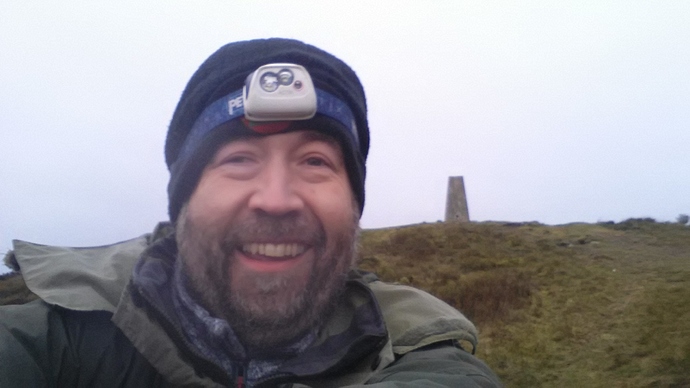
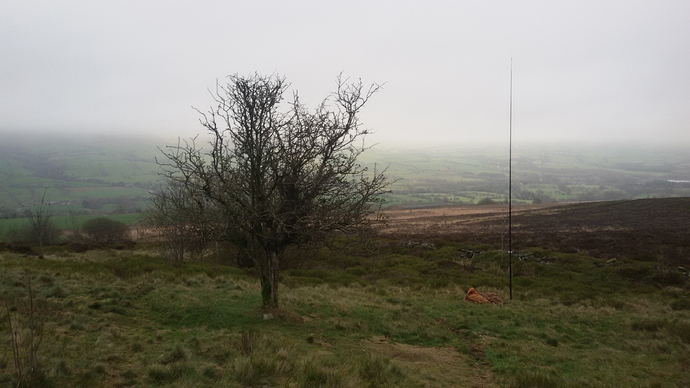
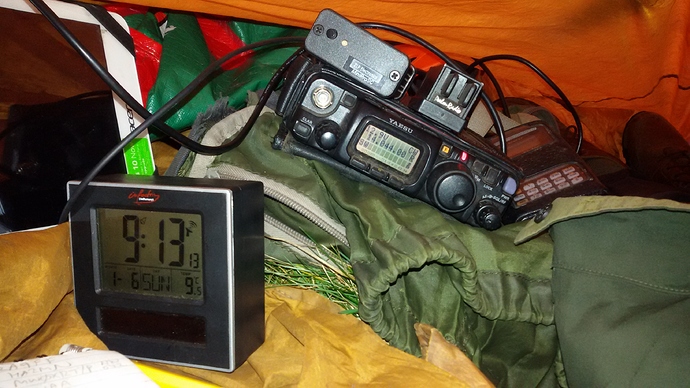
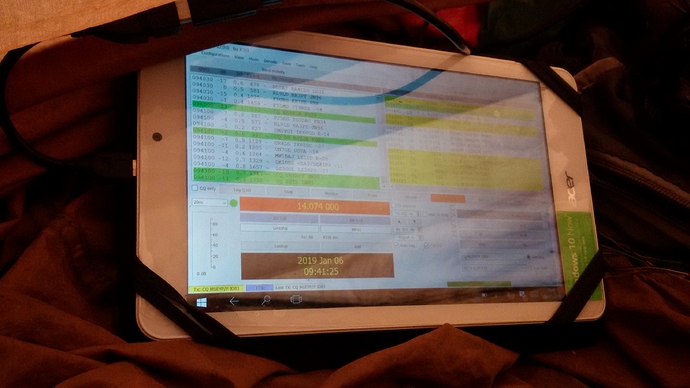
 !
!